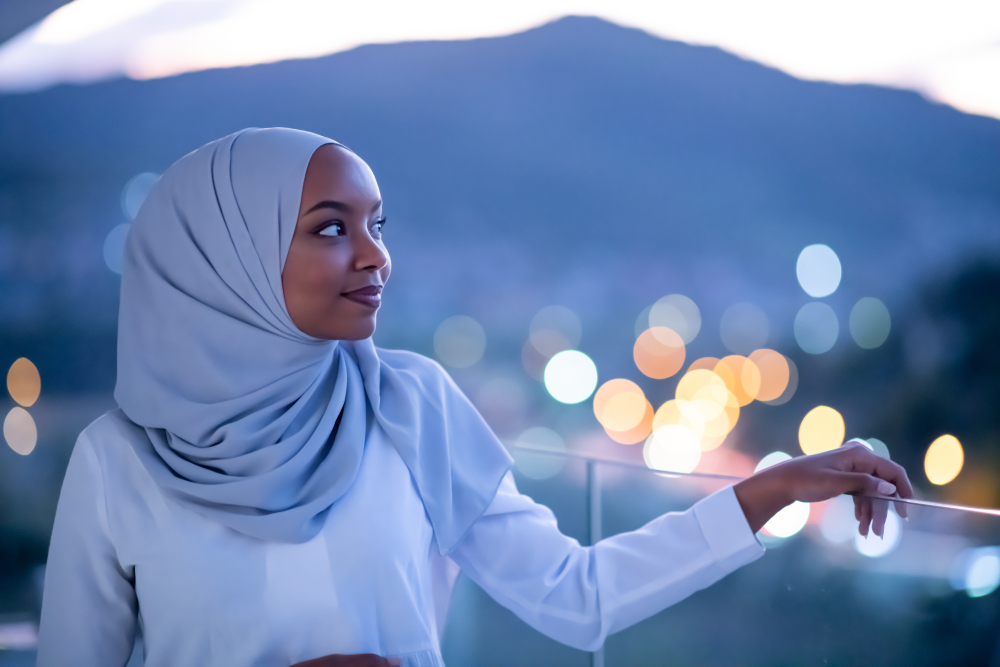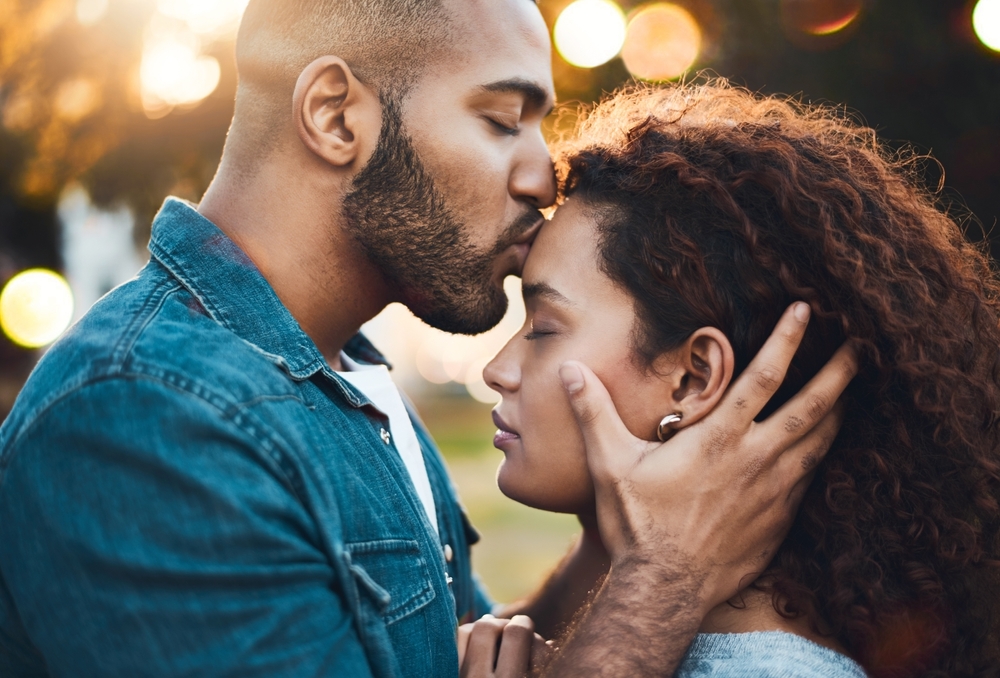There’s something undeniably appealing about a photograph with a beautifully blurred background. It makes the subject pop, adds depth, and gives even the simplest scene a touch of visual magic.
For many beginner photographers, this dreamy background blur—known as bokeh—is one of the first effects that sparks the desire to improve their skills. But bokeh isn’t just a happy accident. With the right techniques, you can create it intentionally and consistently.
If you’ve ever wondered how photographers get that smooth, creamy backdrop in portraits or those glowing circles of light in nighttime shots, you’re in the right place. This guide breaks down bokeh in a practical, approachable way, so you can start using it confidently in your own images. Whether you’re shooting with a beginner camera or a more advanced setup, understanding bokeh opens the door to more creative and engaging compositions.
Table of Contents
- What Is Bokeh?
- Why Photographers Use Bokeh
- How to Get Bokeh in Your Photos
- Real-World Examples of Bokeh
- Bringing It All Together
- FAQ
What Is Bokeh?
Bokeh refers to the quality of the out-of-focus areas in an image, especially the background. While many people associate it solely with background blur, bokeh is more about how that blur looks—its softness, its smoothness, and the way highlights are rendered. Not all blur is equal, and that’s why photographers often discuss good bokeh versus harsh or distracting bokeh.
Good bokeh typically has a soft, velvety quality. Lights fade into smooth shapes, textures lose their sharpness, and the background becomes a subtle wash of color that supports the subject rather than competing with it. This kind of bokeh helps the eye settle on the main part of the photo immediately, because the distractions melt away.
Different lenses produce different types of bokeh. A lens with more aperture blades often creates rounder, more pleasant bokeh, while lenses with fewer blades can create bokeh with more geometric shapes. Understanding how your gear affects bokeh helps you make choices that match your creative goals.
Why Photographers Use Bokeh

Photo by dotshock via Shutterstock
Photographers use bokeh for many reasons, but one of the most common is subject separation. When the background fades softly out of focus, the viewer’s attention goes directly to the subject. This is especially helpful in portrait photography where busy backgrounds can otherwise steal attention. Bokeh lets you retain the environment while keeping the subject front and center.
Another reason bokeh is so popular is that it adds a sense of depth to an image. Flat images feel visually dull, but bokeh creates layers—foreground, subject, and background—which makes the photo feel more dimensional. This simple effect can make everyday scenes more dynamic and visually interesting.
Bokeh can also be used creatively. Photographers often use small lights, reflections, or distant street lamps to create glowing shapes in the background. These elements can turn a simple image into something far more engaging. When used intentionally, bokeh becomes more than a background—it becomes part of the story.
How to Get Bokeh in Your Photos

Photo by Rudmer Zwerver via Shutterstock
Creating bokeh starts with using a wide aperture. Settings like f/1.8, f/2.8, or f/4 allow more light into the camera and naturally create a shallower depth of field, which enhances bokeh. If you’re shooting with a kit lens, try zooming in to the longest focal length and using your widest available aperture. You may not get dramatic bokeh, but you’ll see a noticeable improvement.
Another key factor is the distance between your subject and the background. The farther the background is from your subject, the easier it is to achieve smooth bokeh. This is a technique I use all the time when photographing portraits outdoors. If the background is too close, the blur won’t be as strong; but when the background is several feet away, the bokeh improves dramatically.
Your lens choice also plays a huge role. Prime lenses—like a 50mm f/1.8 or an 85mm f/1.8—are famous for producing beautiful bokeh without needing expensive equipment. Longer focal lengths, like 135mm or 200mm, can create even creamier bokeh because they compress the background more strongly. No matter what gear you have, understanding these factors gives you consistent results.
Real-World Examples of Bokeh

Photo by pw-photofilm via Shutterstock
Portrait photography is one of the most common places you’ll see bokeh. When photographing a person against trees, buildings, or city lights, bokeh helps simplify the scene while keeping the environment recognizable. I often photograph clients in parks or downtown areas, and by adjusting the aperture and distance, the background becomes a soft wash of shapes and colors that supports the portrait beautifully.
Bokeh is also popular in macro photography. Small objects, like flowers, jewelry, or insect, can appear stunning when the background melts away into smooth color. Since macro lenses often produce shallow depth of field naturally, bokeh comes easily in these types of shots, and it adds a polished, professional feel.
Night photography is another perfect opportunity for bokeh. Distant streetlights, illuminated signs, and holiday decorations become small glowing orbs when placed out of focus. Photographers often position these lights behind their subject to create a magical visual effect that feels both intentional and artistic.
Bringing It All Together

Photo by PeopleImages via Shutterstock
Bokeh isn’t just a technical concept; it’s a creative tool that can shape the mood, depth, and clarity of your images. Understanding how to use bokeh effectively helps you take control of your compositions instead of relying on luck. Whether you’re photographing people, objects, or scenes in low light, bokeh can elevate the overall feel of your image simply by guiding where the viewer’s attention lands.
As you practice creating bokeh, experiment with different lenses, apertures, and backgrounds. You’ll quickly see how small adjustments change the look of the blur. Over time, you’ll start to recognize opportunities for bokeh naturally, and you’ll reach for it when you want to add refinement or visual softness to a photo.
The more comfortable you become with using bokeh, the more you can incorporate it into your style. It’s one of those skills that keeps improving with practice, and the results are often immediately rewarding.
FAQ
Is bokeh the same thing as background blur?
Bokeh refers to the quality of the background blur, not just the blur itself. All bokeh is blur, but not all blur has pleasing bokeh.
Do I need an expensive lens to get good bokeh?
No. Many affordable prime lenses produce excellent bokeh. A 50mm f/1.8 is one of the best beginner options.
Can smartphones create bokeh?
Yes. Newer phones use portrait mode and computational photography to simulate bokeh, often with impressive results.
Does distance affect bokeh?
Absolutely. The farther your background is from your subject, the stronger and smoother the bokeh will appear.
What aperture is best for bokeh?
Wider apertures like f/1.4, f/1.8, or f/2.8 generally create the strongest bokeh, but composition and distance also matter.
Our articles might have affiliate links and the occasional sponsored content, but don’t sweat it – if you buy something, we get a little kickback at no extra cost to you, and we only hype products we truly believe in!
Learn More:
Hero photo by XOOXO via Shutterstock

